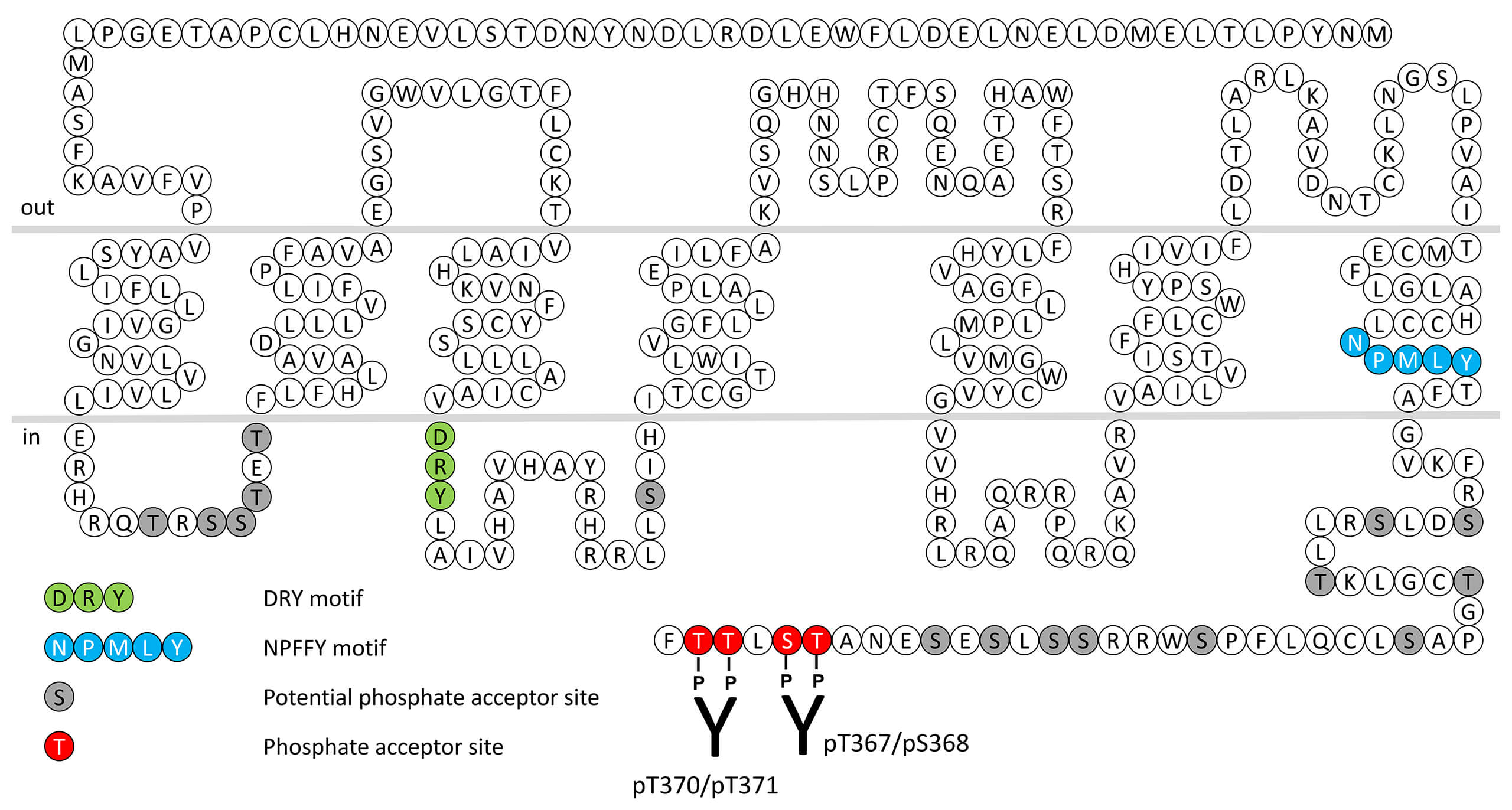CXC Chemokine Receptor 5 Antibodies

CXCR5 is a homeostatic receptor that binds monogamously with the chemokine CXCL13 and regulates adaptive immunity. It is involved in B and T-cell trafficking in lymphoid tissue to B-cell zone/follicles, hence, facilitating lymphocyte homing and development of normal lymphoid tissue. CXCR5 has been detected on all peripheral blood and tonsillar B cells, but not on plasmablast and plasma cells and only on a fraction of cord blood and bone marrow B cells. It is also present on a small subset of peripheral blood memory CD4+ and CD8+ T cells. In contrast, in secondary lymphatic tissue, the majority of CD4+ T cells are positive, and cord blood T cells are negative. CXCR5 is dynamically regulated on T cells. After TCR stimulation, CXCR5 is upregulated on memory/effector T cells, whereas IL-2 causes downregulation. CXCL13 is produced selectively by high endothelial venule endothelial cells and follicular stromal cells and is constitutively displayed on follicular HEV. In CXCR5−/− mice, B cells do not migrate to lymph node, Peyer’s patches are abnormal, and inguinal lymph nodes are absent. CXCL13 is also required for B1 cell homing, natural antibody production, body cavity immunity, and lymphoneogenesis in the setting of autoimmunity. No CXCR5 antagonists have been developed yet; however, targeting this receptor in autoimmunity is an attractive direction for the future. CXCR5 receptors are regulated by phosphorylation of carboxyl-terminal threonine367/serine368 (pT367/pS367-CXCR5) and threonine370/threonine371 (pT370/pT371-CXCR5). This nomenclature refers to the human CXCR5 but is highly conserved among species and identical in mice and humans. For more information on CXCR5 pharmacology please refer to the IUPHAR database. For further reading refer to:
Bachelerie F, Ben-Baruch A, Burkhardt AM, Combadiere C, Farber JM, Graham GJ, Horuk R, Sparre-Ulrich AH, Locati M, Luster AD, Mantovani A, Matsushima K, Murphy PM, Nibbs R, Nomiyama H, Power CA, Proudfoot AE, Rosenkilde MM, Rot A, Sozzani S, Thelen M, Yoshie O, Zlotnik A. International Union of Basic and Clinical Pharmacology. LXXXIX. Update on the extended family of chemokine receptors and introducing a new nomenclature for atypical chemokine receptors. Pharmacol Rev. 2013 Nov 11;66(1):1-79. doi: 10.1124/pr.113.007724. Print 2014. Review. Erratum in: Pharmacol Rev. 2014 Apr;66(2):467. PubMed PMID: 24218476; PubMed Central PMCID: PMC3880466.
 pT367/pS368-CXCR5 (phospho-CXC Chemokine...
pT367/pS368-CXCR5 (phospho-CXC Chemokine...  pT370/pT371-CXCR5 (phospho-CXC Chemokine...
pT370/pT371-CXCR5 (phospho-CXC Chemokine... 

